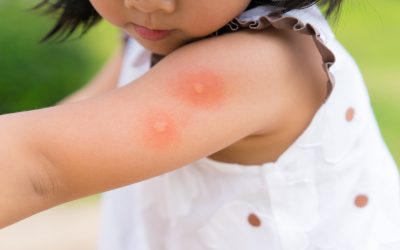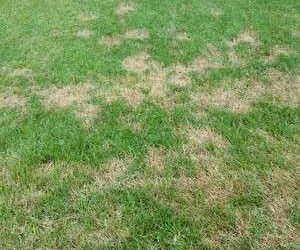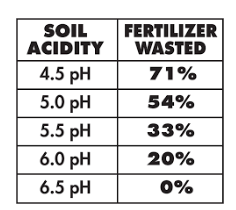
The Importance of a Tree & Shrub Winterizer
It’s June and we’ve been getting calls from folks who are spotting bagworm larva in their trees, so we decided it was time to write a blog as the larva state is the most effective time to address these potential tree killers presence.
As we’ve written before, the investment in trees and shrubs is often the most significant in your landscape. Keeping them healthy so they can provide shelter and food for birds, bees, butterflies and beneficial insects along with providing shade and a pleasing aesthetic for you family is important.
Trees and shrubs often have value beyond dollars – memorials to loved ones who have gone before us; the sapling that grew up along with the family we raised; or perhaps a transplant from a loved one’s yard or a former home. Regardless the origin of your trees and shrubs, they represent an investment of money, effort and attention over time.
Your junipers, elms, willows, and many evergreen species can be damaged beyond salvage after just one season of bagworm infestation. Ironically, bagworms aren’t worms at all. The male ultimately morphs into a moth in late summer when he then seeks out the female, who doesn’t develop beyond the caterpillar state.
Once they mate, the females remain in the bag to lay overwintering eggs, which begins the cycle over again.
As with most insect infestations, the time to address the problem is at the egg, pupae and/or larvae stage. It’s no different with bagworms. Overwintering eggs begin hatching in early June. Once hatched, the minute larva begins building a silken bag around itself, hence the name bagworm. The larvae and bag remain small (> ¼” long) for several weeks, making them hard to notice.
Despite their small size, the damage they begin inflicting on their host plant is significant. As they continue to feed throughout June and July, their bags grow as well, making the infestation more noticeable over time. It is during the larva state in June that treatment and control is most effective.
The larva “peeks out” of its bag to eat. Their small size and fixed location make them more susceptible to insecticides than larger larvae and molting larvae, let alone an adult, especially the male who moves around as a moth.
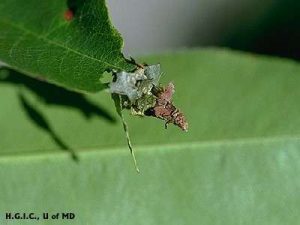

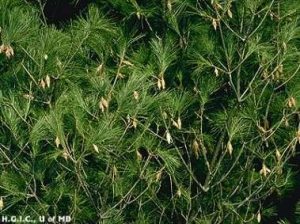
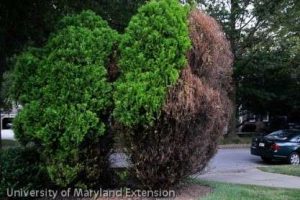
Picking off bags and burning them in the fall reduces populations but can be tedious work. Noting the presence of bags during the winter helps determine which plants need to be treated the following year as there is one generation per year.
Insecticides applied to the trunk and wounded areas offer effective control. Application needs to be repeated 2– 3 times in 6 weeks cycles to ensure remediation.
Beyond insecticides, there are some fully organic practices that will reduce borer injury. Those include:
- Regularly water and fertilize trees – helps strengthen trees, thus reducing susceptibility to infestation
- Avoid pruning during summer months – “wounded” area is prime for moths laying eggs
- Treat all wounds and injuries to prevent infestation as borers are attracted to the resinous smell released from the wounds.
Want the Pros at ProLawn to help? Give us a call at 540-662-8316!

